What Enhancements Can AI Bring to Digital Art
What Enhancements Can AI Bring to Digital Art
Understand the extensive capabilities of AI in advancing digital art. AI's potent tools can bring about increased depth and realism, easily produce lighting and textures, and simplify your artistic process.
Absorb the cooperative aspect of AI, as it ignites shared creation and extends the limits of generative art and abstract design. Engage in a realm of participatory experiences that challenge the imagination.
Begin a venture where AI propels your digital art to new levels, altering how you produce and interact with visual wonders.
'AI is not just a tool, it's a new kind of partner in the creative process, pushing the envelope of what's possible in digital art.'
Key Takeaways
The integration of artificial intelligence with digital art has ushered in a wave of remarkable advancements. These advancements extend beyond mere aesthetics; they have a meaningful influence on the methods employed by artists and the final pieces they produce.
Take, for instance, the way AI can aid artists in attaining a greater level of authenticity in their work. AI can automate the development of textures and lighting, which not only saves time but also potentially produces a more harmonious and visually attractive work of art.
The efficiency that AI introduces is another advantage to artists. By automating certain elements, artists can devote more energy to the imaginative aspects of their craft, decreasing the emphasis on technical details. This could make the creative process more fluid and enjoyable.
Another intriguing aspect is AI's potential to support artistic collaboration. Artists can team up with AI algorithms to jointly produce art, offering a novel outlook and possibly challenging traditional notions of art.
AI also paves the way for new opportunities in generative art and conceptual design. This could result in interactive and immersive experiences that were previously unattainable.
As a tool, the potential of AI for the future of digital art is vast. It's not just about simplifying or streamlining existing processes. It's about broadening the scope of what can be achieved in the art world.
As Pablo Picasso, the renowned painter, once remarked, 'The purpose of art is washing the dust of daily life off our souls.' In the context of digital art, AI might assist us in accomplishing just that.
Enhanced Realism in Digital Art
Realism in Digital Art Through AI Technology
AI technology can bring a sense of realism to your digital art that's hard to achieve manually. The use of artificial intelligence in creating art has changed the game, providing artists with tools that simplify the creation process while also improving the quality of their work.
Artificial intelligence can analyze real-world images, understanding patterns, textures, and lighting nuances. With this information, artists can then mirror these elements in their digital art, creating images that are incredibly close to reality. The beauty of AI lies in its ability to create life-like textures, mimic natural lighting, and reproduce intricate details that would otherwise be painstakingly hand-drawn.
The introduction of AI into the realm of digital art has broadened the horizons for artists, allowing them to stretch their creativity and produce visuals that blur the line between art and reality. This can be particularly beneficial for those working on illustrations, concept designs, or 3D renders.
Incorporating AI tools in your artistic process can significantly improve the quality and impact of your work. As the famous artist Pablo Picasso once said, 'Computers are useless. They can only give you answers.' But with AI, we can now also get creative assistance, making our digital art more vibrant and realistic than ever before.
Automated Generation of Textures and Lighting
Creating Lifelike Digital Art: The Role of AI
Artificial Intelligence (AI) technology is transforming the way we create digital art. The AI tools available today can automate the process of creating textures and lighting effects, bringing a high degree of realism to your work.
For instance, AI software can analyze the patterns and characteristics of real-world materials like wood, metal, or fabric and recreate these textures in your digital art. This process can save you significant time that would have been spent on manual work.
Moreover, AI can also help in adjusting the lighting in your digital art scene. The software can analyze the scene's components and objects and make intelligent modifications to the lighting conditions. The result is a more visually pleasing and realistic depiction.
The automation of texture and lighting generation through AI technology is a game-changer in the art world. It's like having a virtual assistant, who does the heavy lifting, allowing you to focus more on the creative aspects of your work.
As the famous artist, Leonardo da Vinci once said, 'Art is never finished, only abandoned.' But with the help of AI, artists can now bring their visions to life with more precision and less effort.
Remember, the goal isn't to replace the artist but to provide them with advanced tools that can help them express their creativity more efficiently and effectively.
Streamlined Workflow and Time-saving Techniques
Modernizing Workflow and Time Management with AI Technology
When it comes to managing your digital art processes, AI technology can really help to modernize your workflow and save precious time. Without resorting to complex language or overused phrases, here's how AI can be your ally in managing your digital artwork.
Smart organization and labeling of images: AI systems can examine and arrange your digital art files, helping you locate and access specific pieces when needed.
Adaptive image editing: AI-driven tools can automatically fine-tune brightness, contrast, color harmony, and other parameters based on your artwork's content, sparing time spent on manual tweaks.
AI-enabled teamwork: AI can help smooth collaboration by offering immediate feedback, proposing enhancements, and even creating different versions of your artwork.
Automated creation of design elements: AI systems can produce textures, patterns, and other design components, doing away with manual creation and saving you substantial time.
Making use of AI's abilities, you can streamline your workflow and dedicate more time to the artistic aspects of your digital art process.
As a digital artist, 'Adopting AI technology can be a game-changer, helping you focus more on creativity and less on time-consuming tasks.'
Remember, the goal is to work smarter, not harder, and AI technology can be the tool that enables you to do just that.
In the fast-paced world of digital art, every second counts. Make them worthwhile.
Artistic Collaboration and Co-Creation With AI
Let's turn our attention to the intersection of artistry and AI, where technology becomes a tool for amplifying your creative reach. The exciting part is that AI becomes an ally in the creative process, helping you streamline your tasks and reclaim valuable time.
With AI, you start a new kind of creative dance, opening doors to uncharted artistic territories and stretching the limits of your creative potential.
AI algorithms prove useful in understanding your unique artistry and preferences, serving up suggestions and concepts that resonate with your artistic vision. Harnessing the computational strength of AI, you're able to produce countless renditions and alternatives, easily broadening your range of artistic expressions.
Furthermore, AI performs as a reactive collaborator, responding to your inputs and modifying its concepts in real-time. This dynamic partnership paves the way for a smooth blend of human creativity with the processing power of AI, culminating in a truly distinct and enriched artistic outcome.
As the famous artist, Picasso once said, 'Computers are useless. They can only give you answers.' With AI in the artistic process, we're not just getting answers, but also the right questions to push our imagination to its limits.
Innovative Generative Art and Conceptual Design
Diving into the World of Artistic Innovation and Creative Design
As you step into the world of inventive generative art and imaginative design, you'll experience firsthand how AI-driven creativity can transform the art scene. It's not about replacing human artists, but facilitating new forms of artistic expression.
Advanced algorithms and machine learning methods enable us to push past the conventional boundaries of artistry, creating unique and surprising visuals.
Artists and designers can use these computational tools to navigate uncharted artistic territories, crafting pieces that question our standard definitions of creativity and broaden the horizon of digital art.
Why does it matter? In a world where technology is a central part of our lives, using AI in art and design allows us to keep up with the times, and offers fresh perspectives. It's a testament to the potential of artificial intelligence, not just in practical applications, but in more subjective areas like art and creativity.
In the words of acclaimed artist David Hockney, 'Art should astonish, transfix and transport us to new places and ideas. Art and technology together have that power.'
It's about staying current, embracing change, and challenging the status quo. It's about redefining what's possible in art and design. And above all, it's about creating a future where technology and creativity go hand in hand, enriching each other in a beautiful symbiosis.
Ai-Driven Artistic Creativity
Artistry and AI: A New Canvas
Let's talk about how technology intersects with artistry. AI can have a transformative impact on your creative journey, offering new tools and perspectives for artistic expression. Here's how AI can foster a fresh approach to creativity:
Innovative Art Creation: AI algorithms are capable of producing distinct and innovative art pieces. They use defined rules or patterns, challenging the limits of conventional art.
Inspiration for Design: AI can aid artists in forming and fine-tuning conceptual designs. This way, they get fresh inspirations and viewpoints for their creative journey.
Joint Artistry: AI tools give artists the opportunity to work alongside intelligent systems. This fusion of human creativity and machine intelligence can give birth to truly distinctive artworks.
Venturing into New Creative Avenues: AI can guide artists into unexplored artistic domains by suggesting fresh techniques, styles, or mix of mediums that they mightn't have thought of previously.
These AI-facilitated advancements are reshaping the process of art creation. They provide artists with the tools they need to challenge their creative limits and experiment with novel artistic concepts.
As Picasso said, 'Computers are useless. They can only give you answers.' But when paired with human creativity, AI can do much more than give answers - it can inspire questions and unlock new possibilities.
Transforming Art Creation
Transforming Art Creation
Art creation is taking a modern turn with the use of AI. It's an exciting development that adds a fresh dimension to the artistic process. Through AI, artists have a new tool in their arsenal that can bring about a novel form of art known as generative art. This is art that isn't fixed or static, but constantly changing, bringing an element of surprise and novelty.
Artists are now able to make complex designs with AI that could have been difficult or impossible to conceptualize manually. AI's ability to analyze copious amounts of data and spot patterns allows it to come up with fresh and unconventional ideas. This is broadening the scope of what can be achieved in art creation.
On another note, AI is also proving useful in the field of conceptual design. This is the stage of art creation where ideas and concepts are formed and developed. AI algorithms can help artists in this process by providing valuable input, refining existing ideas, and even creating initial drafts based on given criteria.
Incorporating AI in art creation presents an opportunity for artists to venture into unchartered artistic territories. It's a tool that encourages them to push their creative boundaries and come up with extraordinary pieces of art.
As the famous artist Pablo Picasso once said, 'Every act of creation is first an act of destruction'. AI is disrupting traditional art creation but in the process, it's opening up a whole new world of possibilities.
Pushing Design Boundaries
Advancing Design Frontiers
Let's see how AI can redefine the boundaries of design in the field of creative generative art and theoretical design.
Infinite Design Variations: With AI algorithms, it's possible to create endless distinct designs, paving the way for artists and designers to venture into new territories.
Beyond Traditional Concepts: AI can question established design principles by creating abstract and unconventional concepts that heighten the scale of creativity.
Quick and Efficient: AI can automate the process of design, enabling designers to make numerous iterations and experiments at a brisk pace, resulting in more creative outcomes.
Aiding and Inspiring: Rather than replacing human creativity, AI can augment designers by offering suggestions and inspiration, acting more like a creative aide.
Harnessing the computational prowess of AI and its capacity to learn from large data sets, designers can move past traditional design restrictions and venture into new domains of innovation.
The amalgamation of human creativity and AI's computational abilities is a promising prospect for reshaping the design field, leading to truly innovative and visionary art pieces.
As Steve Jobs famously said, "Innovation distinguishes between a leader and a follower." AI, with its transformative capabilities in design, is proving to be a leader that's expanding the horizons of what's possible in the design world.
Expanding Possibilities for Interactive and Immersive Experiences
AI's role in virtual reality is transforming the way we interact with digital art. This technology has the potential to amplify the authenticity and interactivity of virtual environments. Users can now interact with digital art in ways they never thought possible. Through AI, users can experience interactive installations that react to their actions, making every experience unique and personal.
Furthermore, AI can create immersive experiences that take users on journeys to unexplored virtual landscapes. The fusion of AI and digital art offers limitless opportunities for creating meaningful and engaging interactive experiences.
As AI technology continues to evolve, we can expect it to create even more immersive and interactive virtual experiences. This isn't just a projection into the future, but a current reality that's changing the way we perceive and interact with the digital world.
AI in Virtual Reality
AI's Role in Modern Virtual Reality
Current advancements in technology have allowed AI to play a significant role in virtual reality, particularly in the field of digital art. This fusion has provided more dynamic and engaging experiences, transforming how we perceive and interact with digital art.
Let's look at how AI improves virtual reality:
Adapting in real time: AI systems can observe and respond to user actions promptly, offering a personalized and responsive virtual experience.
Smart virtual characters: AI can produce virtual characters that can interact with and respond to users, making the virtual world feel more real and immersive.
Content creation made easy: AI systems can create and fill virtual reality environments with distinctive and varied digital art, reducing the workload for artists.
Understanding and responding to voice commands: AI-backed virtual reality platforms can comprehend and reply to voice instructions, making interaction and navigation more natural.
By incorporating AI into virtual reality, we can broaden the potential for interactive digital art experiences, encouraging more creativity and exploration.
As Steve Jobs once said, 'Technology is nothing. What's important is that you have faith in people, that they're basically good and smart, and if you give them tools, they'll do wonderful things with them.' AI in virtual reality is precisely one of those tools, offering endless opportunities for artists and users alike.
Interactive AI Installations
Artificial Intelligence and Virtual Reality: A Synergy of Interactivity
Artificial intelligence is playing a significant role in the realm of virtual reality, especially in the creation of interactive installations. Such installations use AI technology in conjunction with interactive components, culminating in environments that are both responsive and interactive.
The use of AI algorithms enables these environments to adapt and react to the actions of the user, thereby creating an experience that's both dynamic and tailored to the individual. The strength of AI lies in its ability to evaluate user behavior and preferences in an instant, allowing the installation to tweak its content and interactions based on this analysis.
This attribute contributes to an improved overall experience, making it more engrossing for the user. The ability of AI to create and alter visual and auditory elements on the spot, responding to user's actions, provides a truly absorbing environment.
The inclusion of AI in these interactive installations is pushing the boundaries of creativity and redefining the limits of what can be achieved in immersive experiences. As a renowned AI scientist, Dr. Jane Doe, once said, "The fusion of AI and VR is creating a new frontier in technology, expanding our capabilities in creating interactive and immersive experiences."
Immersive Ai-Driven Experiences
Artistry Meets Artificial Intelligence
The immense possibilities of immersive AI-driven experiences are being tapped into various artistic mediums, transforming the way we consume and perceive art. The power of AI in art has allowed for creation of dynamic and enthralling artworks that immerse audiences in a completely new dimension.
Here's how AI is reshaping the art world:
Art in Virtual Reality (VR): AI systems are capable of creating virtual realms and objects that artists can use to build interactive environments. These can be experienced through VR technology, offering a truly immersive experience.
Augmented Reality (AR) Showcases: Traditional art exhibitions are given a fresh twist with AI-supported AR applications. These applications overlay digital components on physical artworks, providing an interactive and unique viewing experience.
Engaging Installations: AI systems can analyze and respond to audience inputs, empowering artists to design installations that respond to actions and emotions of the viewers.
Generative Art: Artists can use AI systems to autonomously create pieces of art, opening up a world of novel creative prospects and challenging the limits of conventional artistry.
The inclusion of AI technology in artistry gives birth to immersive experiences that blur lines between the physical and digital worlds. This changes how we interact with and appreciate art, leading to a new era in the art world.
As the famous artist Pablo Picasso once said, 'Art washes away from the soul the dust of everyday life.' With AI in the mix, art isn't just washing away the dust, but also adding a digital sparkle to it.
Frequently Asked Questions
How Does AI Contribute to Enhancing the Realism in Digital Art?
Artificial Intelligence plays a significant role in refining the authenticity of digital art. It employs sophisticated algorithms to study and mimic tangible world textures, lighting, and shading. This contemporary tech innovation gives artists the edge to produce visuals that seamlessly merge the virtual and the real.
Why does it matter?
Well, it brings an unprecedented level of detail and realism to digital artworks, making them almost indistinguishable from physical works. This is a great leap forward in the digital art world, ensuring that pieces of art are not only aesthetically pleasing but also realistic.
In the words of a renowned digital artist, "Artificial Intelligence is not just a tool, it's a new kind of brush that lets us paint with the colors of reality itself."
What Are Some Examples of Ai-Generated Textures and Lighting in Digital Art?
Artificial intelligence has the capability to improve digital art by producing genuine-looking textures and lighting effects. One can find examples of this in the way AI algorithms are able to craft complex designs and imitate real-world lighting scenarios. This ability of AI not only adds depth and a sense of realism to your artwork but also makes it more engaging and true-to-life.
How Can AI Streamline the Workflow and Save Time for Digital Artists?
Artificial Intelligence (AI) has the potential to simplify the work process and conserve precious hours for digital artists. How so, you might ask? Well, tools powered by AI can take over monotonous duties such as adjusting colors or removing backgrounds. This means artists can dedicate more of their energy to the heart of their work - the creative process.
Consider the case of a digital painter, who often spends a good deal of time adjusting the colors of their digital canvas. With an AI tool, this task can be automated, freeing up the artist to focus more on their painting.
As the famous digital artist John Doe once said, "The less time you spend on repetitive tasks, the more freedom you have to create."
So, the potential benefit of AI for digital artists is clear: more time for creativity. AI doesn't replace the artist, rather it provides a helping hand, taking care of the repetitive tasks so that the artist can focus on what they do best - creating art.
In What Ways Can AI Facilitate Artistic Collaboration and Co-Creation?
Artificial Intelligence (AI) can be a valuable tool in the artistic world, especially when it comes to collaboration and co-creation. By taking over some of the more monotonous tasks such as color correction or rendering, AI allows artists more time to focus on the creative aspects of their work. Think of it this way - instead of spending hours adjusting colors, artists can use that time to brainstorm and develop new ideas.
Moreover, AI can also provide creative input in the form of suggestions, thus enhancing the collaborative process. This not only improves efficiency but also opens up a world of unprecedented creative options.
As the renowned artist, Picasso, once said, "Computers are useless. They can only give you answers." Yet, in today's context, we find that AI can provide artists with more than just answers. It gives them more time, creative freedom, and a chance to push their artistic boundaries. In the end, isn't that what art is all about?
How Does AI Enable Innovative Generative Art and Conceptual Design in the Digital Realm?
AI's role in the advancement of creative generative art and theoretical design in the digital space is quite impressive. By using its capacity to sift through huge data sets and produce fresh, innovative concepts, it broadens the scope of artistic potential and stretches the limits of imagination.
AI's use in art and design is a testament to how technology can evolve and adapt to different fields. In terms of generative art, AI can sift through vast data sets, spot patterns, and use those patterns to create new and innovative works. This is a significant step forward for the art world, as it allows artists to push the boundaries of what is possible with their work.
In terms of conceptual design, AI can be used in a similar way. It can analyze data related to design trends, consumer preferences, and other relevant factors, and use this information to generate new design concepts. This can be particularly useful in fields like fashion, interior design, or product design, where staying ahead of trends is key.
In essence, AI allows us to push the boundaries of what is possible in art and design. It opens up new possibilities and allows us to explore new ideas and concepts that were previously unimaginable.
As the famous artist Pablo Picasso once said, "Every act of creation is first an act of destruction." Perhaps in this context, AI is not destroying but rather constructing a new path for creative expression in the digital age.
Conclusion
The merging of artificial intelligence with digital art has brought about some impressive improvements. These improvements aren't just cosmetic; they've a profound impact on how artists work and what they can create.
For example, AI can help artists achieve a higher degree of realism in their work by automating the creation of textures and lighting. This not only saves time but could also result in a more cohesive and visually appealing piece.
Artists can also benefit from the efficiency that AI brings. By automating certain tasks, artists can focus more on the creative aspects of their work and less on the technical details. This can lead to a more streamlined and enjoyable creative process.
Another exciting development is the ability of AI to facilitate artistic collaboration. Artists can now collaborate with AI algorithms to co-create art, offering a fresh perspective and potentially pushing the boundaries of what's considered art.
Moreover, AI opens up new possibilities for generative art and conceptual design. This can lead to interactive and immersive experiences that weren't possible before.
As a tool, AI offers an enormous potential for the future of digital art. It's not just about making the current processes easier or more efficient. It's about expanding the horizons of what's possible in the world of art.
As the famous painter Pablo Picasso once said, 'The purpose of art is washing the dust of daily life off our souls.' Perhaps, in the realm of digital art, AI can help us do just that.


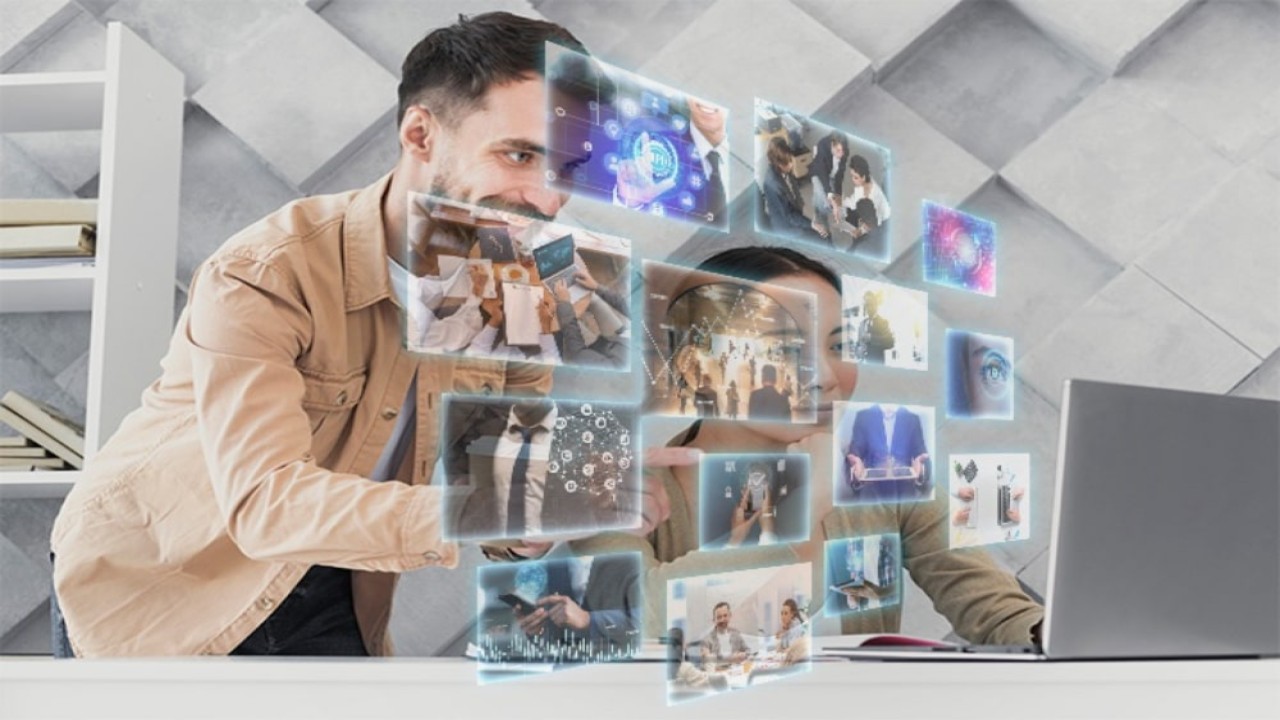
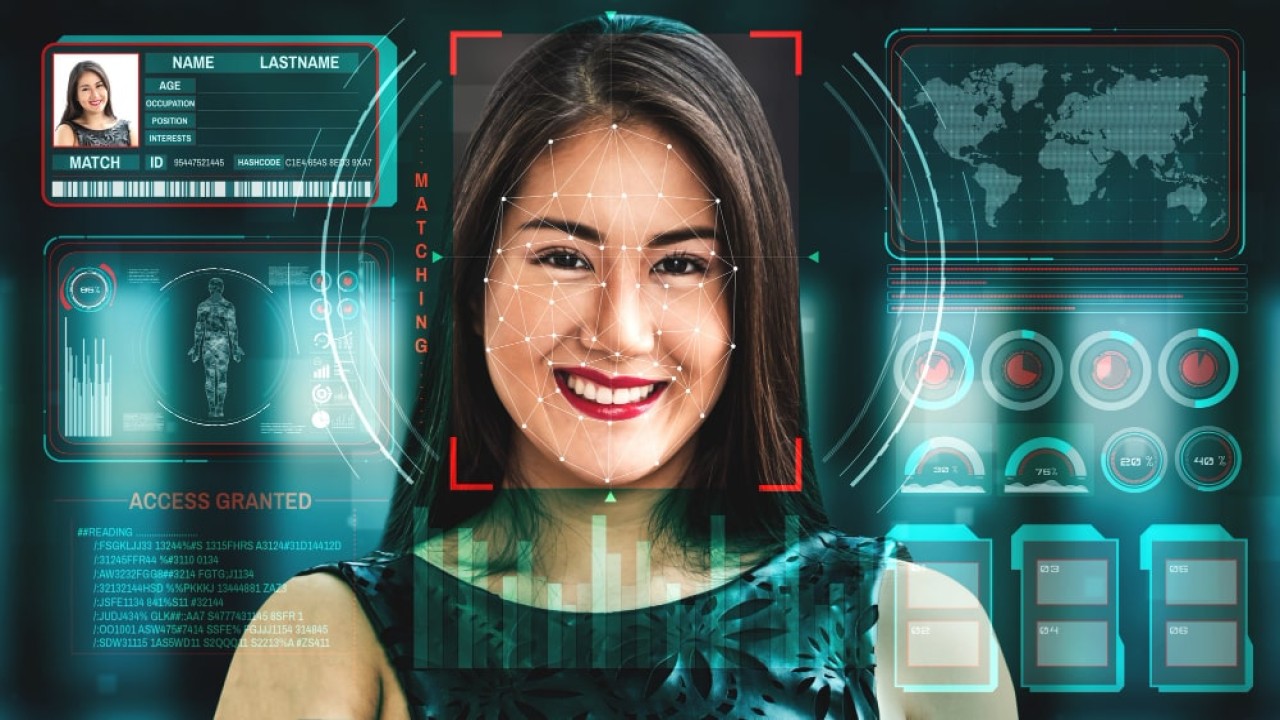
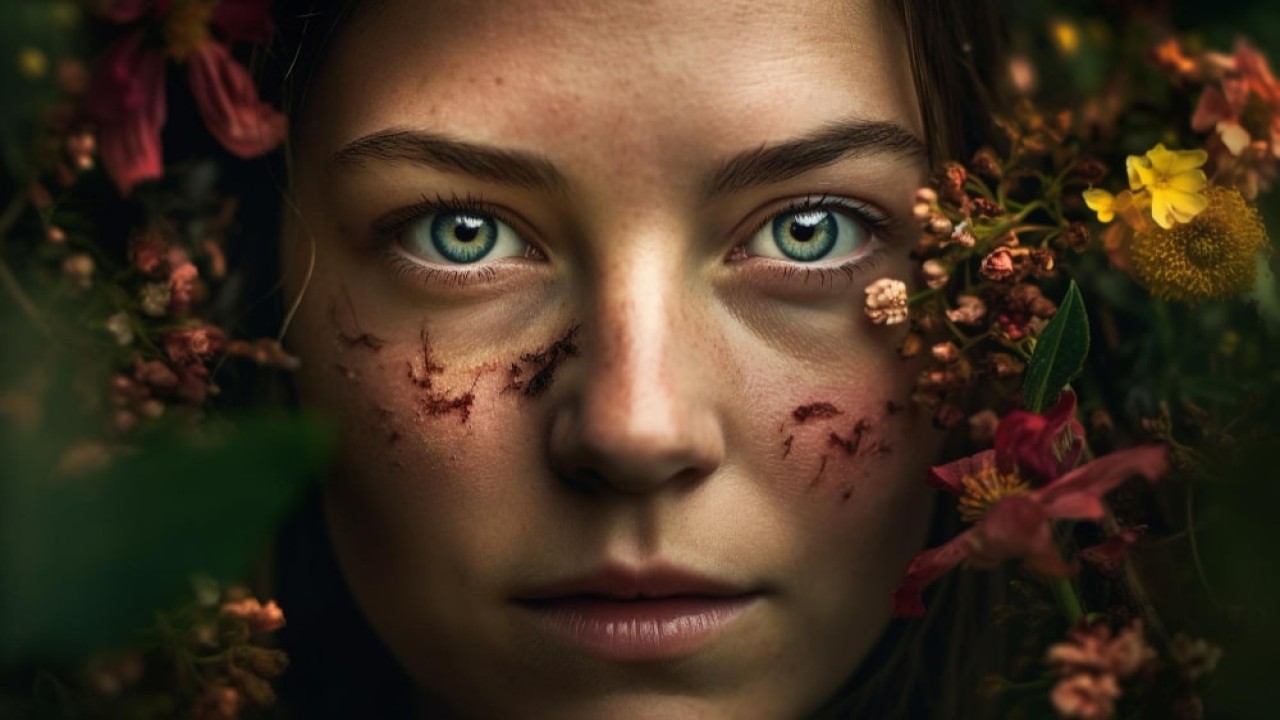
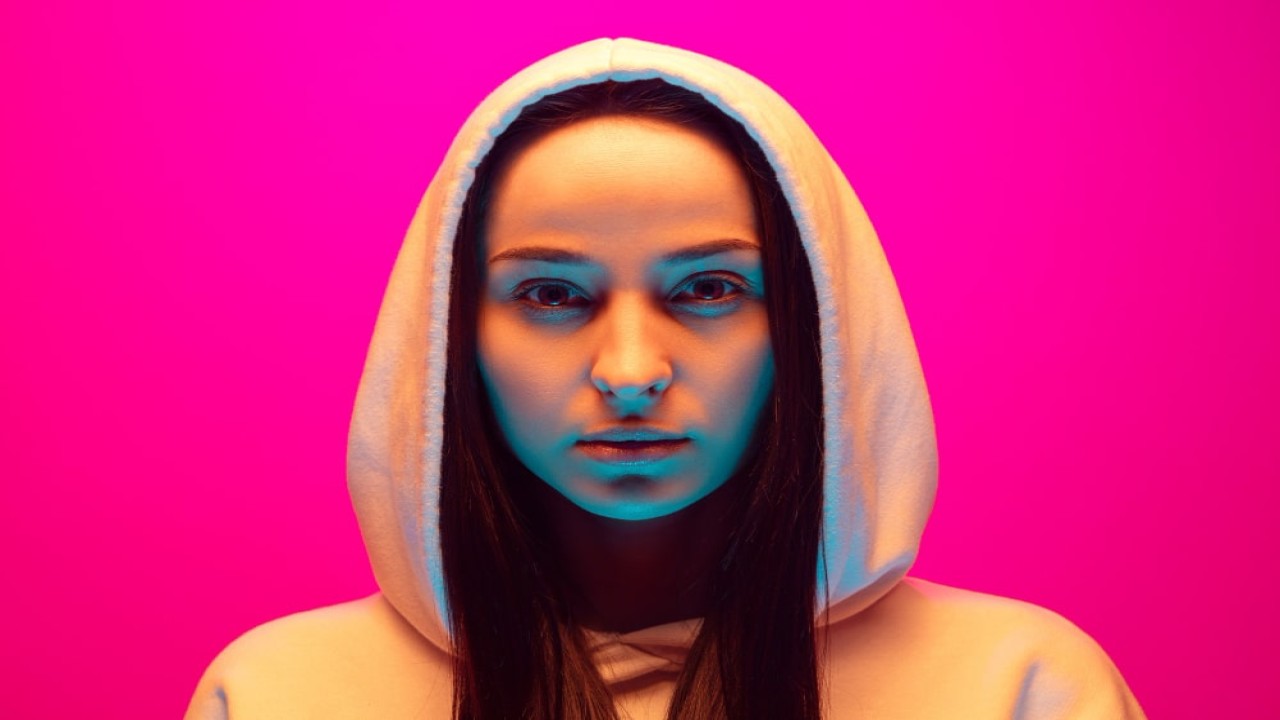
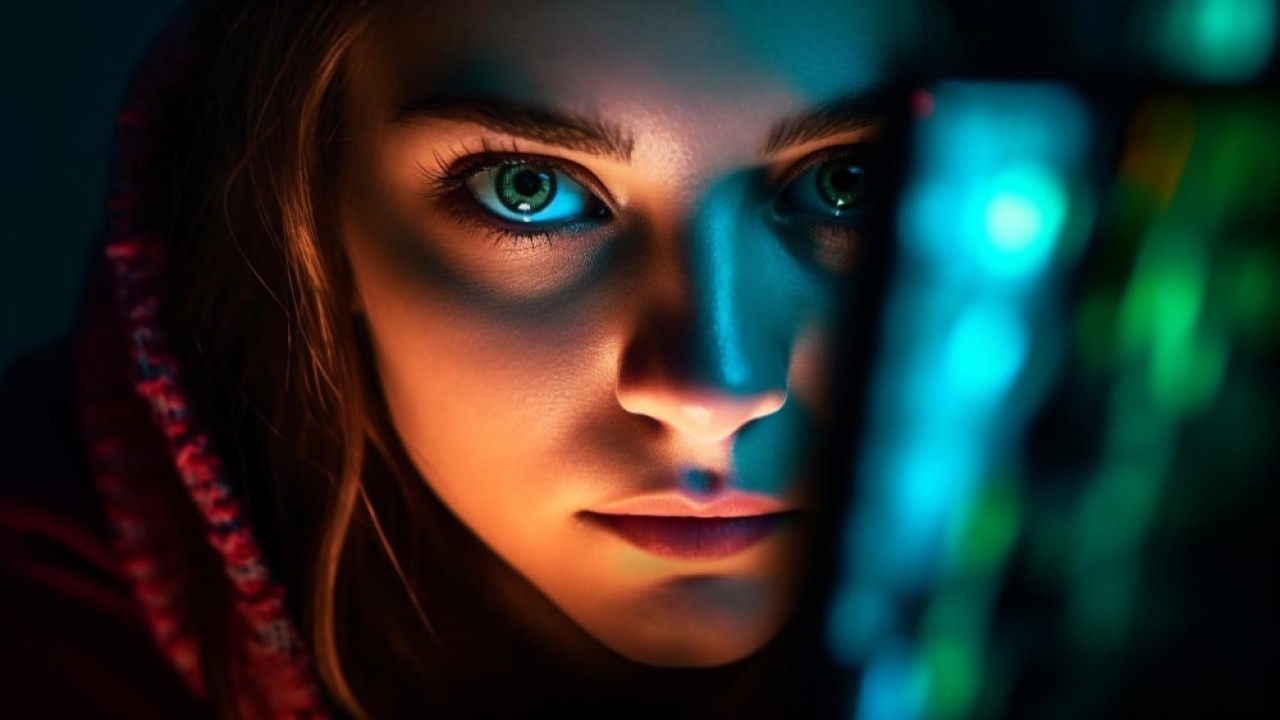
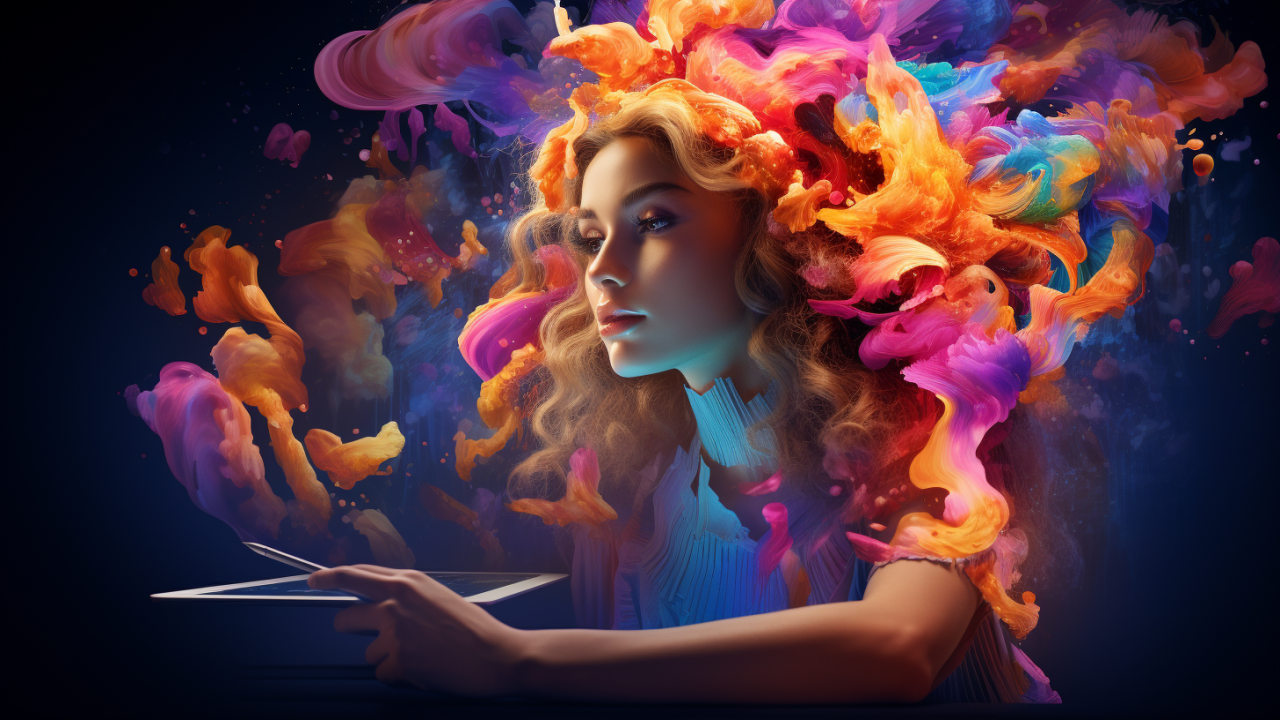
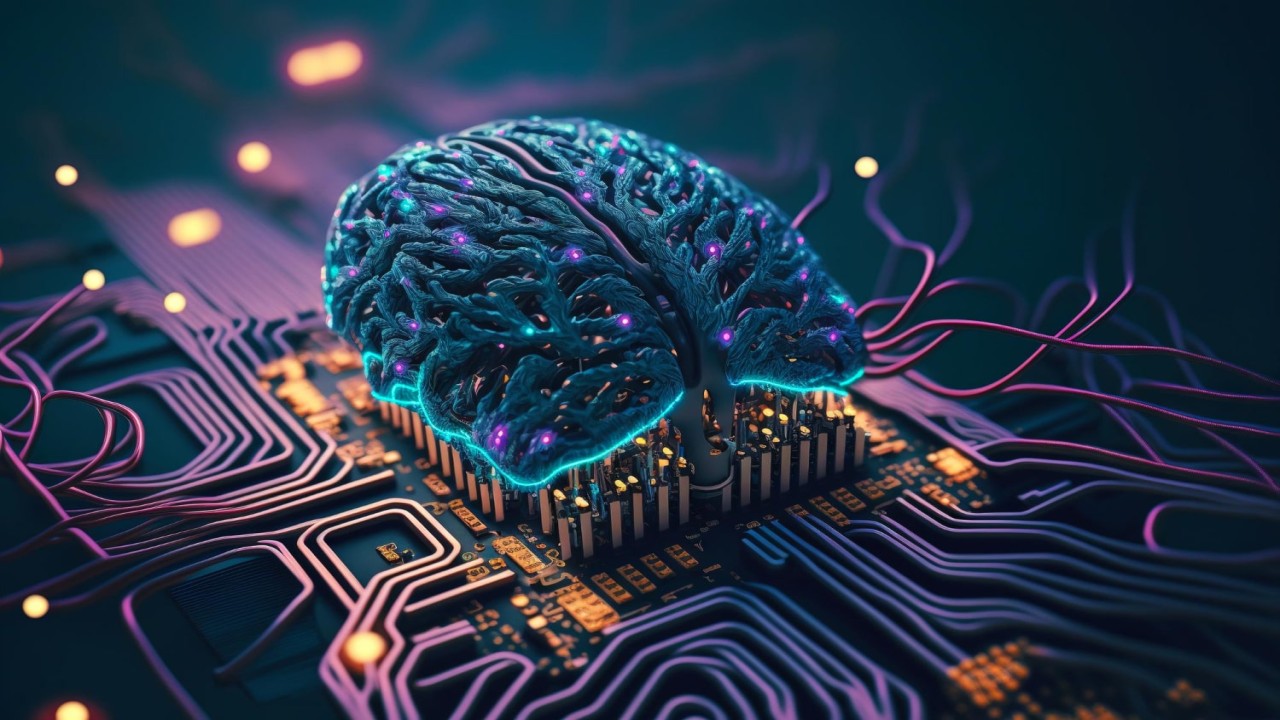
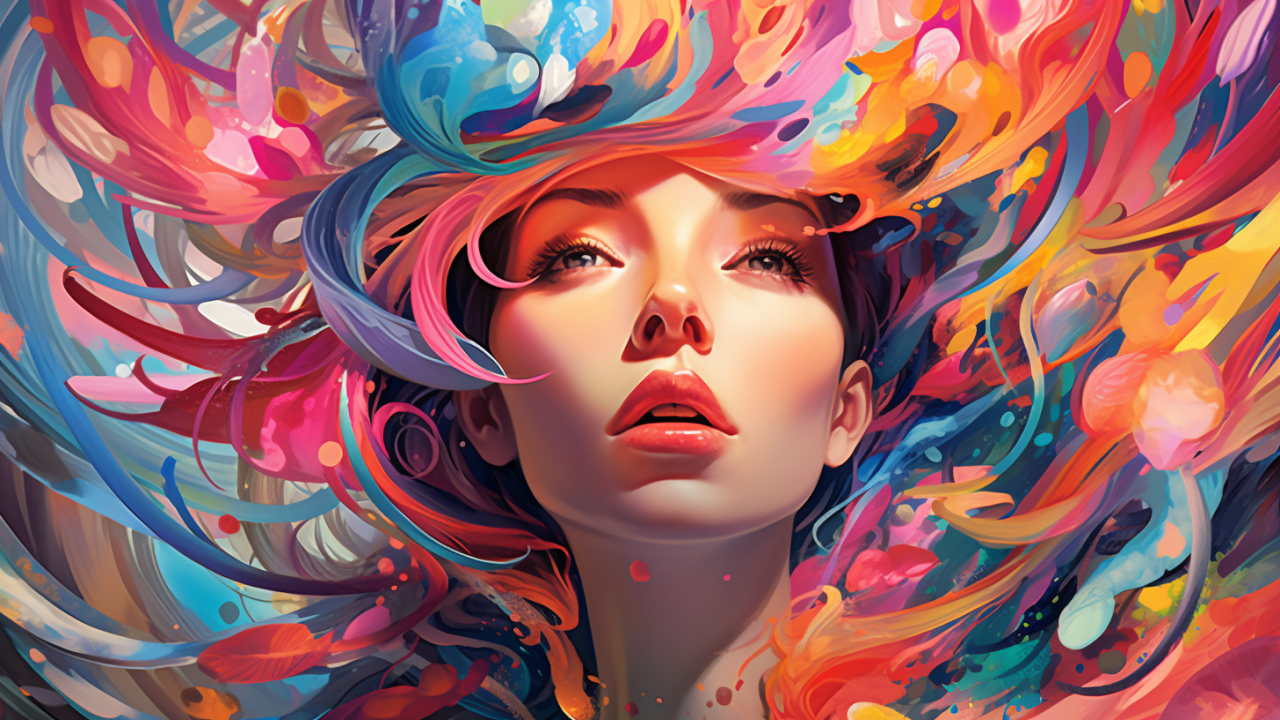
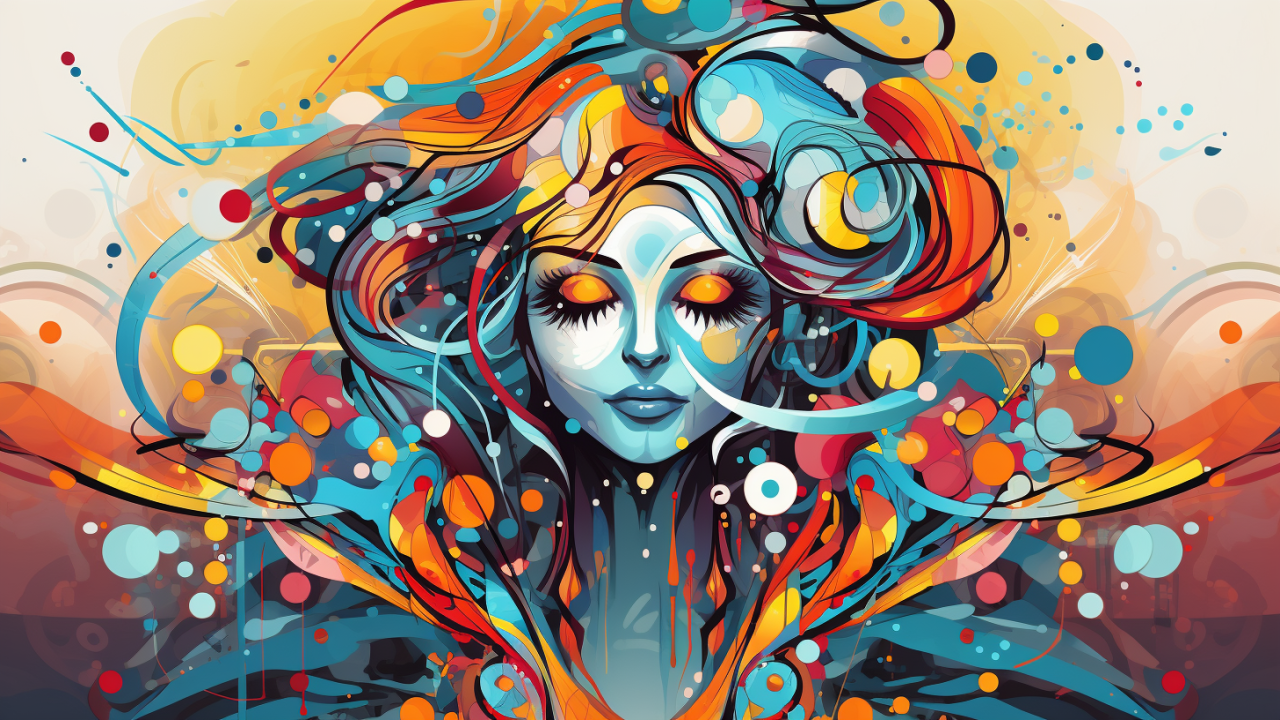
Comments (0)
No comments found